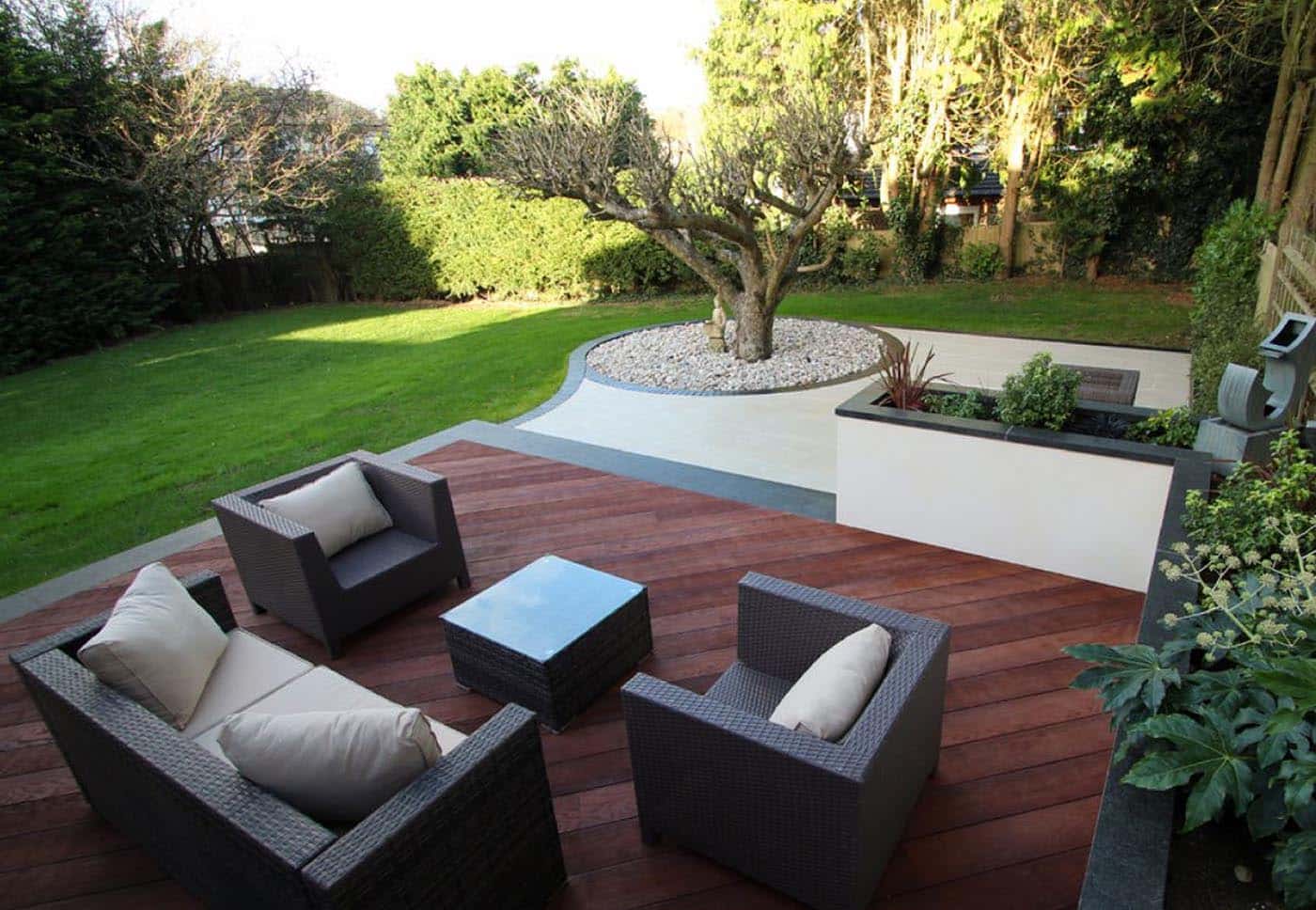[ad_1]
Our team answers homeowner questions every weekend on WCCO 830 AM from 9:00 am-10:00 am. Have your most pressing home improvement quandaries addressed by calling or texting 651-461-9226. Here’s the must-know information our COO, Andy Lindus, shared on 3.5.22.
Millboard® decking is quickly becoming a popular selection for homeowners in the Twin Cities and Western Wisconsin. Although it is a composite material, it gives the appearance of wood. The material does not require painting or staining. In addition, it does not get too hot to the touch in the summer months. Another perk of Millboard® decking is that it does not get slippery when wet. Millboard® decking is also a cost-effective material.

Prior to hiring a contractor, it’s important to do your homework. It’s wise to read online reviews and talk to their past and current customers. If your project is new construction, ask to meet the builder on-site at a current project so that you can observe the process and ask questions. It’s often a warning sign if a contractor has the ability to start a new construction project much faster than others in the field are able to.

It’s particularly important to vet an insulation contractor because if they perform the job incorrectly, they can do more harm than good. It is important that the insulation contractor is attic air sealing and ventilation, rather than just adding more insulation. Without this, condensation, ice dams, and attic mold are likely to form.
See How Attic Insulation Is Installed:
It’s important that your contractor can explain their recommended approach to ventilation for your home. This is because ventilation techniques can vary. An intake in between each roof truss allows for maximum ventilation. Hidden soffit systems work well in this scenario. An insufficient amount of intake is more likely to create issues than not enough roof vents. With the proper amount of outdoor air being pulled in, there is not enough force to cause warm air to exit the attic. The goal in the winter is to try and get the attic the same temperature as it is outside. This provides the best preventative against ice dams and attic condensation.
Listen To The Entire Show Here:
[ad_2]
Source link
